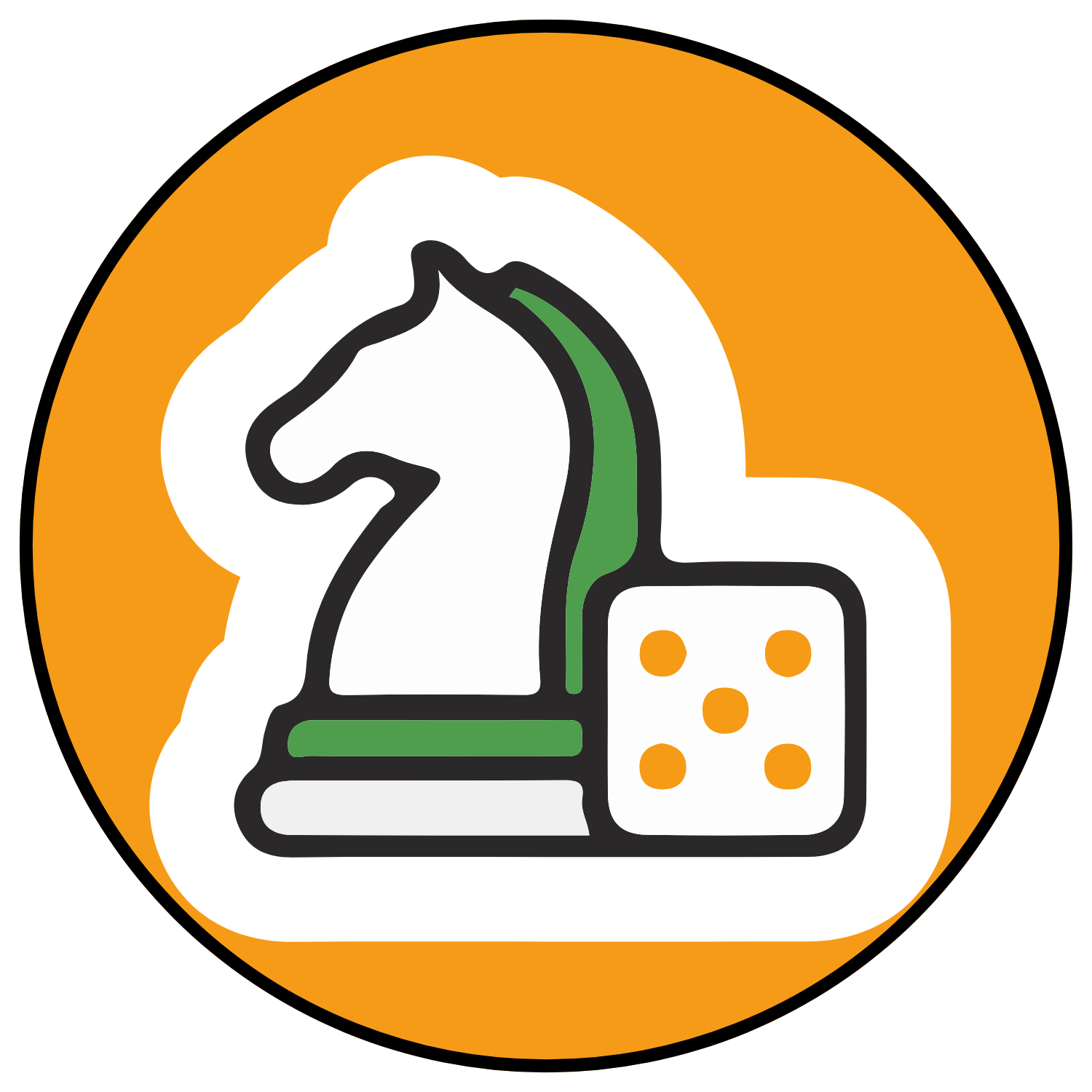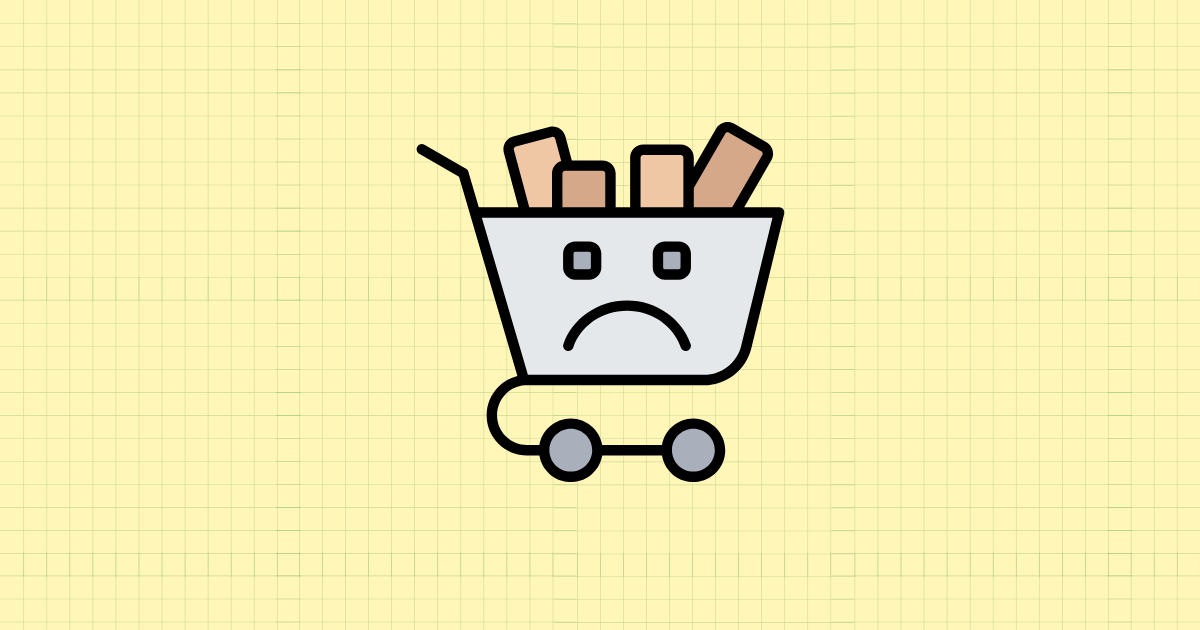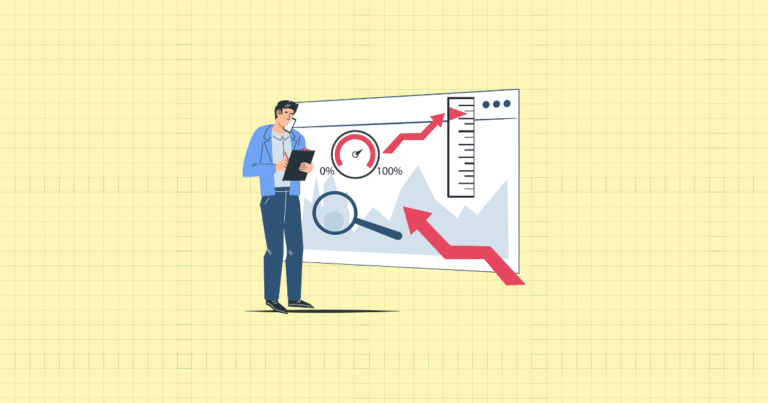Picture this: A customer fills their cart with $150 worth of products from your Shopify store. They’re engaged. They want your products. Then… they disappear. Sound familiar? You’re not alone in this frustrating experience.
Cart abandonment isn’t just a minor hiccup in your sales process—it’s a massive revenue leak that’s draining billions from e-commerce stores worldwide. With an average abandonment rate of 70% across all devices, and a staggering 85% on mobile, you’re potentially losing up to $260 billion in recoverable revenue globally. That’s not a typo.
But here’s the good news. Cart abandonment is one of the most solvable problems in e-commerce. Unlike many other conversion challenges, abandoned carts represent customers who’ve already shown genuine purchase intent. They’ve browsed, they’ve selected, they’ve added to cart. The hardest part of the sales process is done.
Whether you’re just starting your Shopify journey or running an established store looking to optimize and scale, this guide will show you exactly how to plug those revenue leaks. You’ll discover proven strategies that work, real case studies from successful Shopify stores, and a step-by-step implementation plan you can start using today.
Understanding Cart Abandonment on Shopify
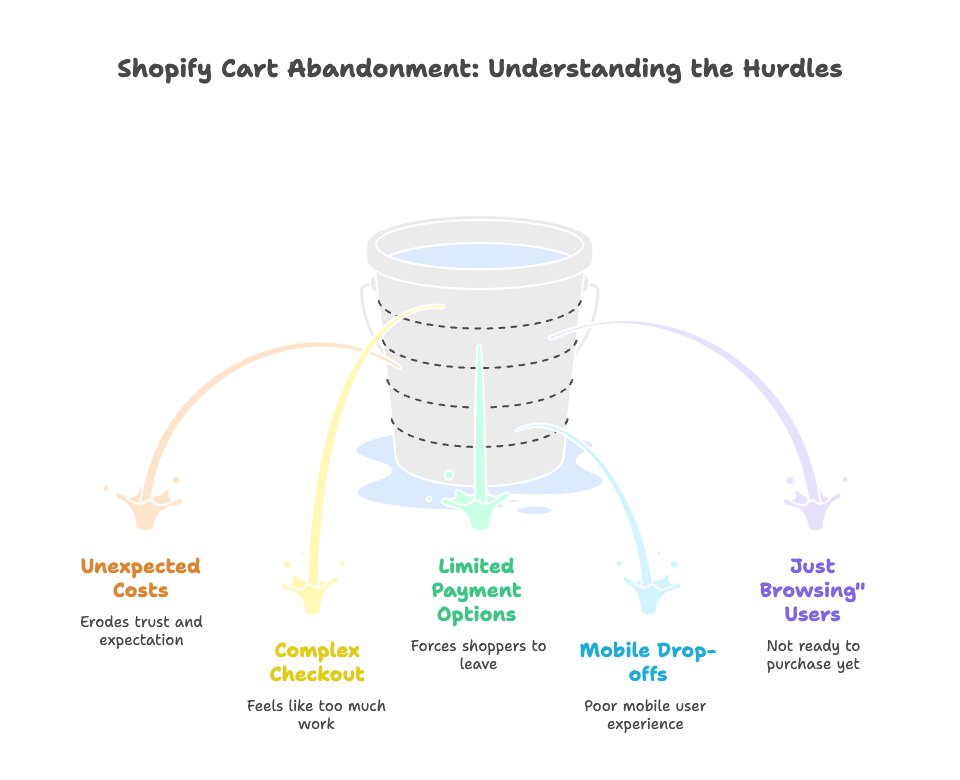
Key Causes of Cart Abandonment
Before we dive into solutions, let’s understand why customers abandon their carts in the first place. Knowledge is power, and knowing the enemy is half the battle won.
Unexpected Costs at Checkout
Nothing kills a sale faster than surprise fees. You know the feeling—you’re ready to buy something online, then suddenly shipping costs, taxes, and mysterious “handling fees” appear at checkout like unwelcome party crashers. Your customers feel the same way.
When shoppers reach your Shopify checkout and discover that their $50 purchase now costs $67 with shipping and taxes, trust erodes instantly. They feel deceived, even if that wasn’t your intention. The psychological impact goes beyond the extra cost—it’s about broken expectations.
The solution? Transparency from the start. Display shipping costs early, set clear free shipping thresholds, and show the total cost upfront. Your Shopify store settings allow you to display estimated taxes and shipping on product pages, turning potential surprises into expected costs.
Complicated Checkout Process
Think about the last time you abandoned a cart. Was it because the checkout felt like filling out a tax return? Complex forms, multiple steps, and mandatory account creation are conversion killers.
Here’s what happens in your customer’s mind: they’re excited about their purchase, riding high on buying momentum, then they hit a wall of form fields. Suddenly, buying your product feels like work. The excitement fades, doubt creeps in, and that close button starts looking very appealing.
Shopify makes this easier to fix than you might think. Enable guest checkout, minimize required fields, and streamline your checkout flow. Every extra step you remove could save you dozens of lost sales per month.
Limited Payment Options
Your customers have preferences. Some love Apple Pay’s simplicity. Others prefer PayPal’s buyer protection. Many want “buy now, pay later” options like Klarna or Afterpay. When you don’t offer their preferred payment method, you’re essentially telling them to shop elsewhere.
Modern Shopify stores need modern payment options. Digital wallets aren’t just convenient—they’re expected. The data is clear: stores with multiple payment options see significantly higher conversion rates than those limited to credit cards only.
Typical Abandonment Behaviors on Shopify
Mobile-Specific Drop-offs
Mobile commerce is booming, but mobile abandonment rates are brutal. An 85% abandonment rate means only 15 out of every 100 mobile users who add items to their cart actually complete their purchase. That’s leaving massive money on the table.
Mobile abandonment often stems from poor user experience. Slow loading times, difficult navigation, and checkout forms that don’t work well on small screens all contribute to the problem. Your Shopify theme plays a huge role here—mobile optimization isn’t optional anymore, it’s essential for survival.
“Just Browsing” Users and Low-Intent Shoppers
Not every visitor to your store is ready to buy. Research shows that 43% of cart abandoners weren’t ready to purchase—they were just browsing, comparing prices, or saving items for later consideration.
This presents both a challenge and an opportunity. The challenge? These users won’t convert with traditional tactics. The opportunity? With the right approach, you can identify these low-intent shoppers and nurture them toward a purchase with personalized, time-sensitive offers that create genuine urgency.
Foundational Cart Abandonment Prevention Strategies
Prevention is always better than cure. While recovery tactics are important, stopping abandonment before it happens is your first line of defense.
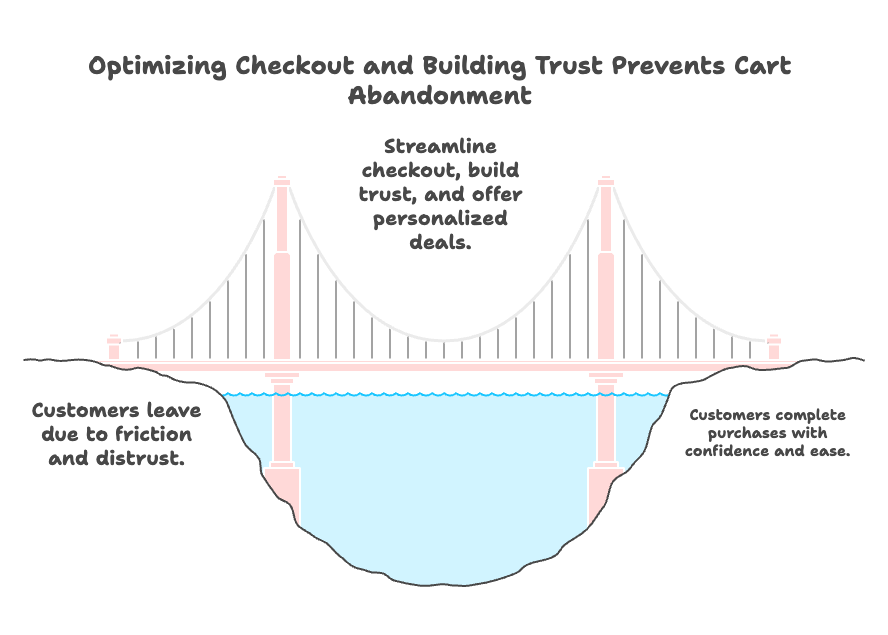
Checkout Optimization
One-Page Checkout Implementation
The fewer clicks between “add to cart” and “order complete,” the better. Shopify’s accelerated checkout options—Shop Pay, Apple Pay, and Google Pay—can reduce your checkout to a single click for returning customers.
But even for first-time customers, you can streamline the experience. Enable auto-fill for addresses, minimize form fields to only essential information, and add visual progress indicators so customers know exactly where they are in the process. These small changes can have a massive impact on your conversion rates.
Transparent Shipping, Tax, and Fee Information
Remember those surprise costs we talked about? Here’s how to eliminate them. Show shipping costs on product pages, not just at checkout. Set and prominently display free shipping thresholds. If you offer expedited shipping, show those options early too.
For international stores, display estimated duties and taxes upfront. Yes, it might make your prices look higher initially, but you’ll gain customer trust and reduce abandonment. Shopify’s built-in tools make this easier than ever to implement.
Enabling Guest Checkout and Account-Saving Features
Forced account creation is a conversion killer. Many customers want to test your service before committing to creating an account. Enable guest checkout, but make account creation attractive by highlighting benefits like order tracking, faster future checkouts, and exclusive offers.
The smart approach? Collect email addresses for marketing purposes without requiring full account creation. You get the contact information you need for follow-up, and customers get the friction-free experience they want.
Building Customer Trust and Urgency
Security Badges and Trust Signals
Online shopping requires trust. Customers need to feel confident that their payment information is secure and that you’ll deliver what you promise. Security badges, customer reviews, and clear return policies all contribute to this trust.
Display SSL certificates prominently, showcase customer testimonials on product and checkout pages, and make your return policy easily accessible. Shopify’s trust badge integrations make adding these elements straightforward, but the impact on conversion rates can be substantial.
Time-Limited and Personalized Offers
Generic “10% off” popups don’t work anymore. Modern customers see through these tactics. But personalized, time-limited offers based on actual shopping behavior? That’s a different story entirely.
The key is smart targeting. Show offers to visitors who demonstrate purchase intent but seem hesitant—those who spend significant time on product pages, add items to cart, or return multiple times without buying. This approach respects your committed buyers while nudging fence-sitters toward conversion.
Automated Cart Recovery Solutions
Now we’re getting to the good stuff. When prevention fails, recovery tactics step in to save the day.
Abandoned Cart Notification Systems
Email Automation Tools
Email remains the king of cart recovery. Apps like Cartly, Omnisend, and Privy make setting up automated abandoned cart sequences simple, even for beginners. But implementation is just the start—optimization is where the magic happens.
Your first email should go out within an hour of abandonment while your store is still fresh in the customer’s mind. Include product images, make the checkout process one-click simple, and consider progressive discount strategies—no discount in the first email, a small discount in the second, and a larger one in the third.
Track your recovery rates religiously. Good email sequences can recover 10-15% of abandoned carts, which can translate to thousands of dollars in recovered revenue for busy stores.
Push Notifications & SMS Alerts
Email is powerful, but it’s not immediate. Push notifications and SMS alerts catch customers when they’re actively using their devices. Apps like PushOwl and FX Abandoned Cart SMS integrate seamlessly with Shopify and can significantly boost your recovery rates.
The key with these channels is timing and personalization. Send notifications when customers are most likely to be active, and make sure the message feels personal, not automated. “Hi Sarah, you left something in your cart” performs much better than “You have items waiting.”
Messenger and WhatsApp Campaigns
WhatsApp cart reminders are exploding in popularity, especially for international stores. The platform offers incredibly high open rates and feels more personal than email. Setting up automated WhatsApp sequences requires careful attention to compliance, but the results can be remarkable.
The setup process involves creating custom templates, getting approval from Meta, and implementing automated triggers. It’s more complex than email, but the engagement rates often justify the extra effort.
On-Site Interventions
Exit-Intent Popups and Gamified Engagement
Exit-intent technology can detect when visitors are about to leave your site and trigger last-ditch efforts to keep them engaged. But forget boring “wait, don’t go!” popups. Modern approaches use gamification—spin wheels, scratch cards, or mini-games that make the experience fun while offering genuine value.
The secret is timing and targeting. Show these interventions to visitors who’ve demonstrated interest but haven’t converted, not to everyone who visits your homepage. A/B testing is crucial here—what works for one store might flop for another.
Personalized Retargeting Ads
Your Shopify store can automatically create custom audiences of cart abandoners for Facebook and Google ads. These warm audiences are gold mines for conversion because they’re targeting people who’ve already shown purchase intent.
Dynamic product ads that show the exact items customers left behind perform exceptionally well. Combine these with time-sensitive offers or social proof (“500 people bought this today”), and you’ve got a powerful recovery system running 24/7.
Advanced Analytics and Segmentation
Data drives decisions. The more you understand about your abandonment patterns, the better you can optimize your recovery efforts.
Analyzing Cart Abandonment Patterns
Using Shopify Analytics & Growth Suite Reporting Tools
Shopify’s built-in analytics provide valuable insights, but specialized tools like Growth Suite offer deeper visibility into customer behavior. You can see exactly where customers drop off, which traffic sources have the highest abandonment rates, and how different customer segments behave.
Growth Suite’s cart insights dashboard breaks down abandonment by device, country, and traffic source. This granular data helps you identify specific problems—maybe your mobile checkout is broken, or customers from certain countries are surprised by shipping costs.
Funnel Optimization and Behavior Scoring
Real-time visitor tracking reveals patterns invisible in traditional analytics. You can see how long customers spend on each page, which products they view multiple times, and whether they’re comparing prices on other sites.
Buying intent scoring takes this further by automatically categorizing visitors based on their behavior. High-intent visitors who abandon carts might need a different approach than browsers who were never really planning to buy.
Leveraging AI and Automation for Personalization
Intent Prediction and Dynamic Discounting
AI-driven personalization is no longer science fiction—it’s available to every Shopify store owner today. Advanced systems can predict purchase intent in real-time and adjust offers accordingly.
Instead of showing the same 10% discount to everyone, you might show a 5% discount to high-intent visitors and a 15% discount to low-intent browsers. This approach maximizes conversions while protecting your margins on customers who would have bought anyway.
Data-Driven Optimization
The best recovery systems learn and improve over time. By analyzing which offers work for which customer segments, you can continuously refine your approach. Maybe weekend shoppers respond better to free shipping, while weekday visitors prefer percentage discounts.
This ongoing optimization separates successful stores from those that plateau. Your recovery system should get smarter and more effective every month.
Case Studies and Success Stories
Real results speak louder than theories. Let’s look at Shopify stores that have successfully tackled their cart abandonment problems.
Shopify Stores That Reduced Abandonment Rates
Sumo’s Top Shopify Customers
Sumo’s most successful Shopify clients achieved an average 9.54% reduction in cart abandonment rates. That might sound modest, but the revenue impact was enormous—some stores saw 36% improvement in overall conversion rates with an average return of 100x on their investment in cart recovery tools.
Their winning strategies weren’t complex: timed offers, well-crafted email automation sequences, and streamlined checkout processes. The key was consistent implementation and ongoing optimization based on performance data.
Growth Suite Client Success Stories
Growth Suite clients like Gelin Diamond, Golden Gilt, and My Great Canvas have seen remarkable results with personalized, time-limited discount strategies. These stores implemented intent-based offers and streamlined user experiences, achieving conversion improvements between 4.9% and 5.7%.
What made these stores successful wasn’t just the technology—it was their commitment to understanding customer behavior and continuously refining their approach based on real performance data.
Implementation Guide: Practical Steps for Shopify Store Owners
Theory is great, but implementation is where results happen. Here’s your step-by-step guide to building a cart recovery system that actually works.
Step-by-Step Setup for Cart Recovery
Choosing and Installing Shopify Cart Abandonment Apps
Start by evaluating your needs and budget. Cartly offers robust email automation, Omnisend provides multi-channel capabilities, and PushOwl specializes in push notifications. For international stores, WhatsApp integrations can be game-changers.
Don’t try to implement everything at once. Start with email automation, get that working well, then layer on additional channels. Each new tool should be tested and optimized before adding the next one.
Configuring Automations and Templates
Your email sequence should start within one hour of abandonment. Use clear, benefit-focused subject lines, include product images, and make the path back to checkout as simple as possible. For SMS and WhatsApp, keep messages short and personal.
Template approval for WhatsApp can take several days, so plan accordingly. Your templates need to comply with Meta’s guidelines, which means no overly promotional language or misleading claims.
Ongoing Monitoring and Optimization
Set up weekly reviews of your recovery performance. Track open rates, click-through rates, and most importantly, actual revenue recovered. A campaign with low open rates but high conversion might be more valuable than one with high engagement but poor sales results.
Test different send times, subject lines, and offer structures. What works for fashion might not work for electronics. Your data will tell you what resonates with your specific audience.
Audience-Specific Customization Tips
Solutions for Starter and Beginner Users
If you’re just starting out, focus on the basics first. Enable Shopify’s built-in abandoned cart recovery emails, optimize your checkout process, and add security badges. Many effective recovery tools have free plans that can get you started without major investment.
As your store grows, you can add more sophisticated tools and strategies. But don’t skip the fundamentals—a streamlined checkout process is more valuable than the fanciest recovery system.
Strategies for Intermediate and Advanced Users
Established stores should focus on multi-channel engagement and advanced personalization. Implement AI-driven offer optimization, create detailed customer segments, and use advanced analytics to continuously improve performance.
Consider post-purchase upsells to maximize customer lifetime value, and use predictive analytics to identify customers most likely to abandon before they even add items to their cart.
Conclusion & Next Steps
Cart abandonment doesn’t have to be an inevitable part of running a Shopify store. With the right strategies, tools, and consistent optimization, you can recover a significant portion of those lost sales and turn your biggest revenue leak into a competitive advantage.
Start with the fundamentals: optimize your checkout process, add trust signals, and implement basic email recovery sequences. Then build from there, adding more sophisticated tools and strategies as you learn what works for your specific audience.
Remember, cart abandonment recovery isn’t a “set it and forget it” solution. The most successful stores continuously monitor their performance, test new approaches, and refine their strategies based on real data. Your recovery system should evolve as your store grows and your understanding of your customers deepens.
The opportunity is massive. Every abandoned cart represents a customer who wanted your products enough to add them to their cart. With the right approach, you can turn those near-misses into completed sales and build a more profitable, sustainable business in the process.
References
- Shopify. (2025). Best Cart Abandonment Software for Ecommerce in 2025. https://www.shopify.com/blog/cart-abandonment-software
- Shopify. (2025). How to Reduce Shopping Cart Abandonment, Optimize the Checkout. https://www.shopify.com/enterprise/blog/44272899-how-to-reduce-shopping-cart-abandonment-by-optimizing-the-checkout
- GemPages. (2025). Top 6 Cart Abandonment Software For Your Shopify Store In 2025. https://gempages.net/blogs/shopify/top-shopify-cart-abandonment-software
- Omnisend. (2025). 10 Best Shopify Abandoned Cart Apps in 2025. https://www.omnisend.com/blog/abandoned-cart-shopify/
- Growth Suite Case Studies (2025). https://www.growthsuite.net/case-studies
- Growth Suite Help Center & Documentation (2025). https://www.growthsuite.net/help
Ready to supercharge your Shopify store’s sales and eliminate cart abandonment once and for all? Growth Suite is a Shopify app that helps you do exactly that by using AI-powered behavioral targeting to show personalized, time-limited offers to visitors who need that extra nudge to complete their purchase. Unlike generic discount popups, Growth Suite only shows offers to customers who demonstrate purchase intent but seem hesitant, protecting your margins while maximizing conversions. Install it with a single click and start recovering lost sales today!
